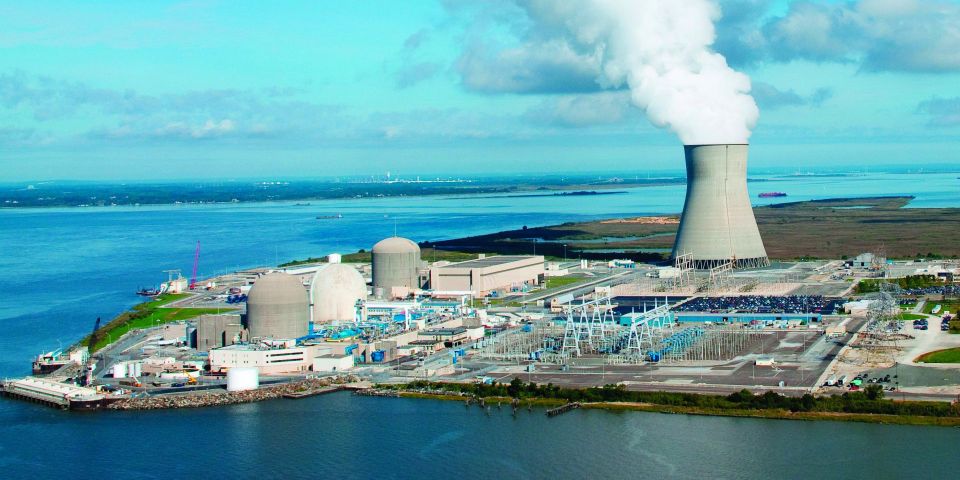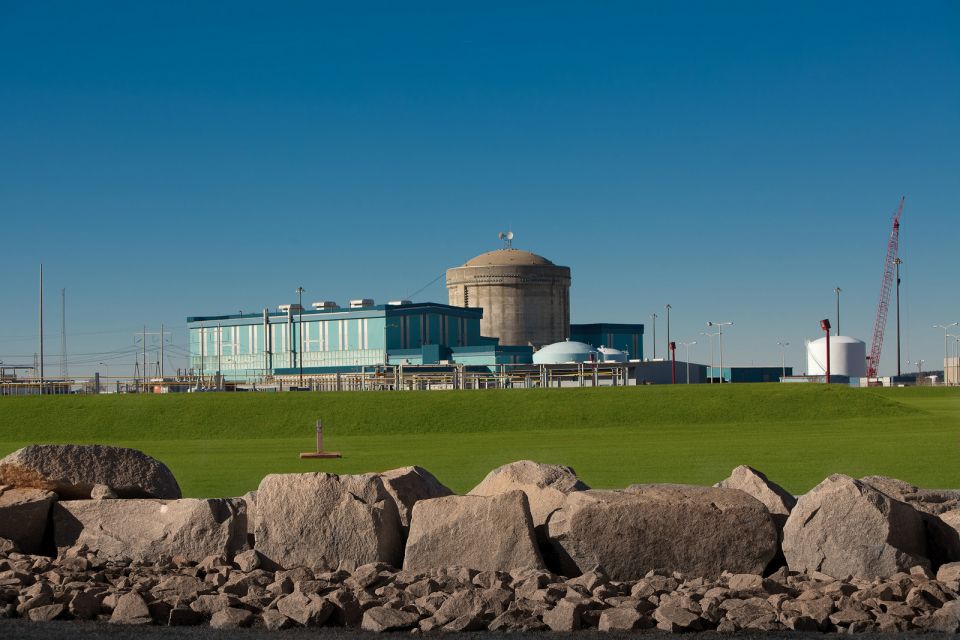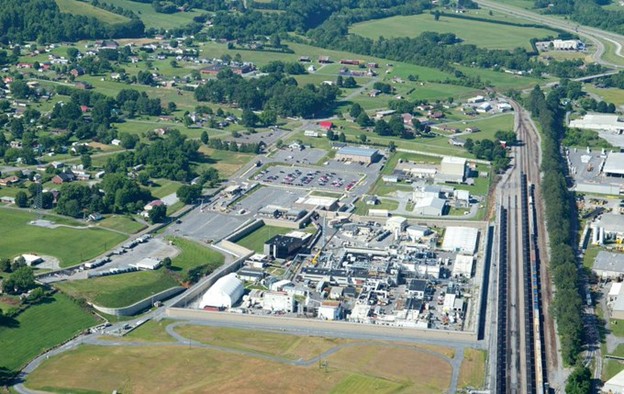News report on past Diablo Canyon shutdown prompts clarification by nuclear advocates

A recent article on a radio station website about an auxiliary feedwater (AFW) pump problem at the Diablo Canyon nuclear power plant led to information exchanges between a reporter, the American Nuclear Society, and nuclear advocates. The incident also involved a tweet by a member of the Union of Concerned Scientists.
The article, posted on March 28 by KCBX public radio in San Luis Obispo, Calif., noted that Diablo Canyon was shut down for eight days in July 2020 for an emergency repair of the pump. The article also noted that the pump leak posed a potentially dangerous situation for the public due to the risk of a radiation release. Further, it stated that the Nuclear Regulatory Commission and plant operator PG&E had failed to identify the pump leak during inspections, a fact that was the subject of a recent report by the NRC’s Office of the Inspector General.
NRC report: The article was posted after the NRC issued the IG’s report, published on March 28, which included the following text:
After a July 2020 AFW system failure that required one of [Diablo Canyon’s] nuclear reactors to shut down for eight days, we received specific allegations that the NRC had inadequately inspected the AFW system prior to the event. Our investigation revealed that the NRC failed to identify piping insulation on the AFW system that had long been in a degraded condition and that led to a leak.
Since the event, described more fully in our Event Inquiry Report, the licensee has remedied the AFW system failure and made improvements to the system, and [Diablo Canyon] continues to operate safely. Additionally, the NRC has since verified that the AFW system complies with regulatory requirements.
According to PG&E, however, the pump repair was carried out during a planned outage at the plant, and there was never any danger to the public from radiation.
Tweet: Also commenting on the NRC IG’s report was Edwin Lyman, director of nuclear power safety with the Union of Concerned Scientists, who tweeted the following: “@NRCgov inspectors missed serious corrosion of the auxiliary feedwater system at the Diablo Canyon-2 #nuclear reactor in 2020 that subsequently led to a forced shutdown. One factor the report doesn't mention is the possible impact of #Covid_19 on the inspections.”
Email exchange: Meanwhile, KCBX reporter Rachel Showalter contacted ANS by email for comment. ANS turned to its membership for information and clarification. ANS past president (2012–2013) Michael Corradini, a professor of nuclear and mechanical engineering at the University of Wisconsin–Madison, and ANS member Jacopo Buongiorno, a professor of nuclear science and engineering at the Massachusetts Institute of Technology, discussed the matter with ANS staff.
Corradini and Buongiorno stressed that plant maintenance and repair are clearly the licensee’s responsibility, and that the NRC plays an oversight role. The Diablo Canyon event, they said, stresses the importance of doing adequate inspections and maintenance on nuclear power plants. They both said they were puzzled that PG&E did not find the AFW pump problem in its inspections before the leak occurred.
“However,” Buongiorno added, “a leak in an AFW pipe does not mean a release of radioactivity, and it does not mean failure to cool the reactor, since the system is greatly redundant and there are alternative ways to maintain cooling, e.g., the residual heat removal system. There are multiple layers of protection and oversight. In the end, the problem was found and fixed.”
Showalter produced a follow-up report on March 29, which included clarification about the incident after input from ANS and a member of the nuclear advocacy group Mothers for Nuclear, noting that the plant was never at risk for a radiation leak that would be harmful to the public.










